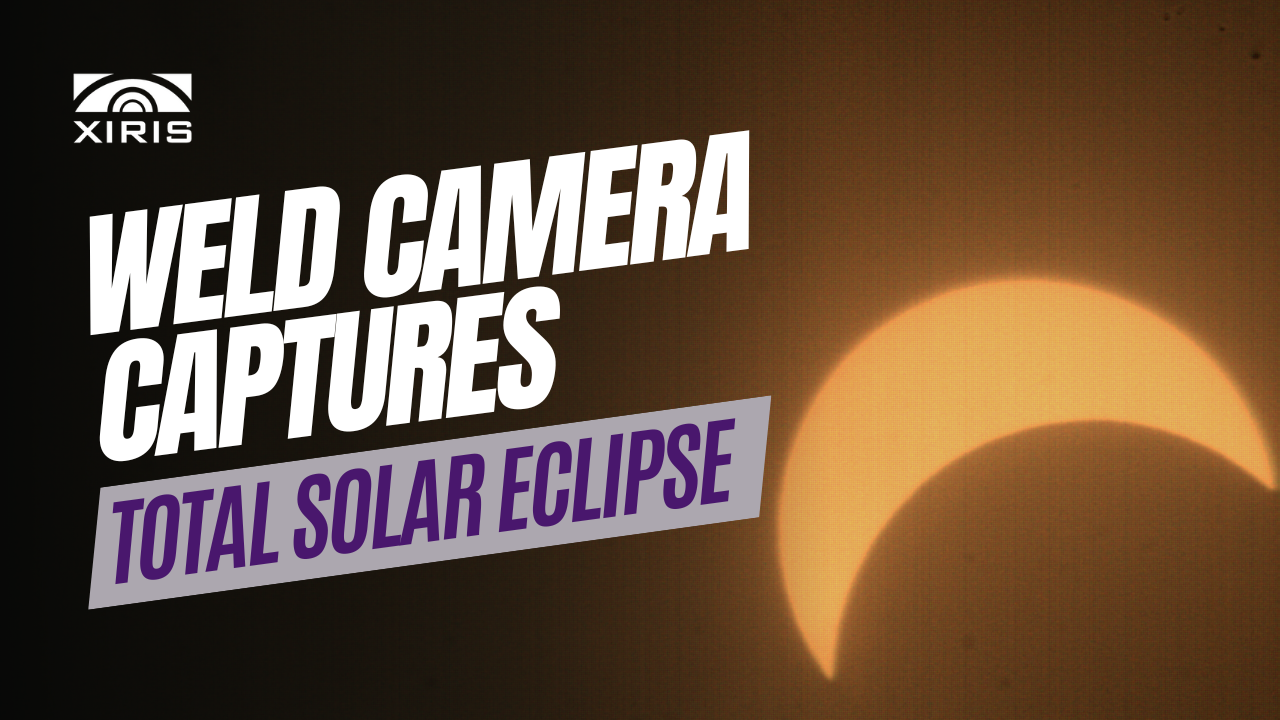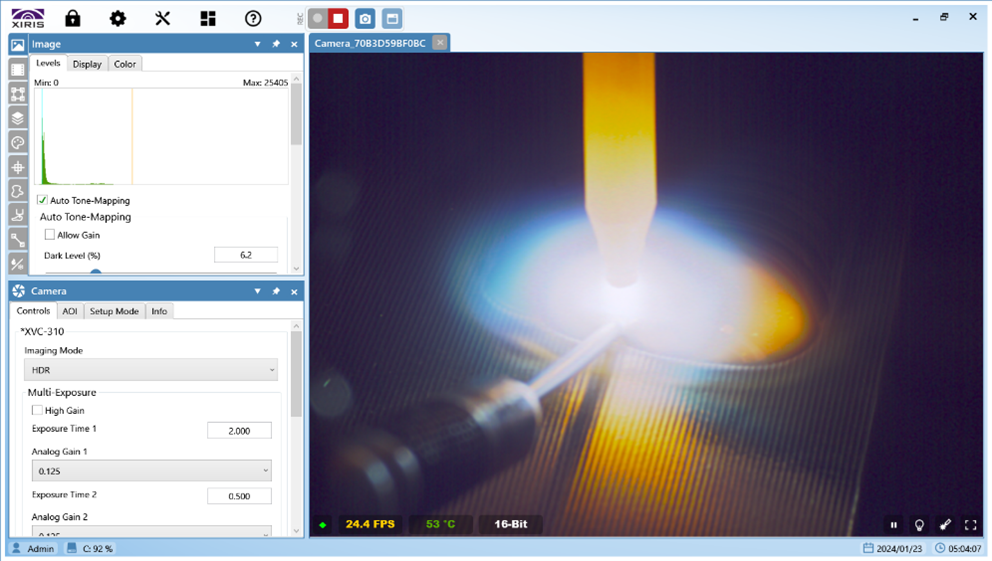When comparing capital equipment investment options, it’s important to calculate the total cost of ownership (TCO) for each potential investment.
.jpg?width=200&height=166&name=signature_on_sales_contract_(640x534).jpg) Purchase price is important, particularly because of cash flow issues, but TCO is the cost number that matters most in the long run. That’s because it includes not only the purchase price but also the ongoing costs for the lifetime of the equipment—costs that often far exceed the purchase price.
Purchase price is important, particularly because of cash flow issues, but TCO is the cost number that matters most in the long run. That’s because it includes not only the purchase price but also the ongoing costs for the lifetime of the equipment—costs that often far exceed the purchase price.
Therefore, if you’re considering an investment in a Weld Camera, you’ll need to project the TCO for each camera you’re evaluating. This is the only way to get meaningful comparisons between the Weld Cameras on the market, as well to other remote monitoring options.
Cost Factors for Weld Cameras
When calculating the TCO for Weld Cameras, the costs you should be concerned about include:
- Equipment operating costs.
- Routine maintenance.
- Repairs.
- Shipping, replacement, and rework costs due to defective output.
- Downtime due to equipment failure.
- Warranties, including renewals.
- Licensing.
- Training of operators to use the camera.
- Additional personnel that will become necessary.
- Computer hardware and software.
- Infrastructure retrofitting.
- Migration expense of converting from old systems.
- Testing.
- Electricity.
- Insurance.
- Scalability expenses.
- Decommisioning.
- Replacement cost.
- Administration.
Equipment operating cost can easily be the largest cost in a TCO calculation, and a Weld Camera with a higher upfront cost will often be a better value because of the productivity gains it provides. Similarly, a Weld Camera that results in improved quality control can lower defect costs, offsetting higher costs in other areas.
For example, a Weld Cameras with the latest High Dynamic Range imaging technology is able to produce better images of all aspects of the weld scene—detail of the intensely bright region of the open arc as well as its dark surrounding background—without any need to stop the process for lighting adjustments. The productivity and quality control benefits that can be gained from such a Weld Camera will be so much greater than from a camera that can’t simultaneously image both brightness extremes that it dwarfs any difference in purchase price.
Also crucial are durability and reliability, which directly affect many of the costs listed above. For this reason, there’s a lot of value in a Weld Camera that’s well-engineered and can stand up to harsh welding environments.
Replacement cost is a factor that in particular highlights the importance of a Weld Camera’s durability, in that durability usually translates into longevity, thereby reducing TCO per period.
The risk of a Weld Camera’s technology becoming outdated also should be considered, although this risk is difficult to quantify. The point is to take into account the likelihood that a particular Weld Camera will fall so far behind the technological curve that staying competitive forces an upgrade before the camera’s budgeted useful life is exhausted.
Conclusion
There’s a lot more to determining the cost of a Weld Camera than its sticker price. To make the best investment in a Weld Camera, you need to look at the total cost of ownership for each camera you’re evaluating, including its cost-saving benefits.
Image courtesy of WordRidden, Creative Commons.







